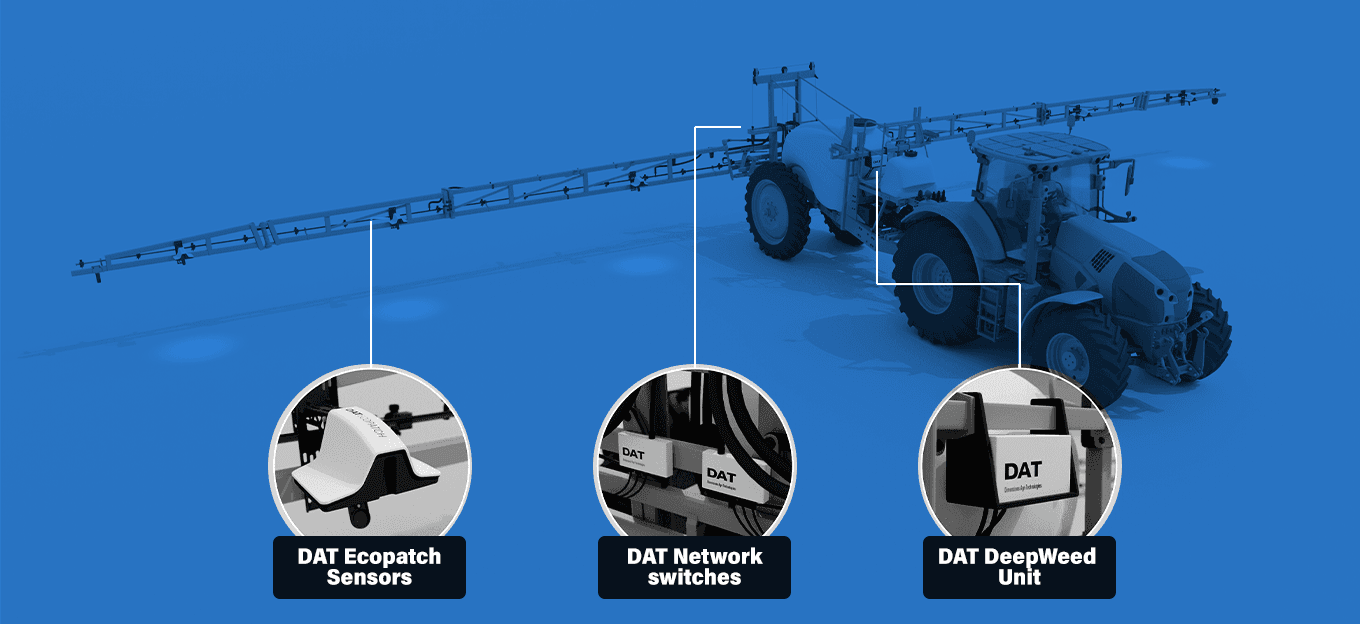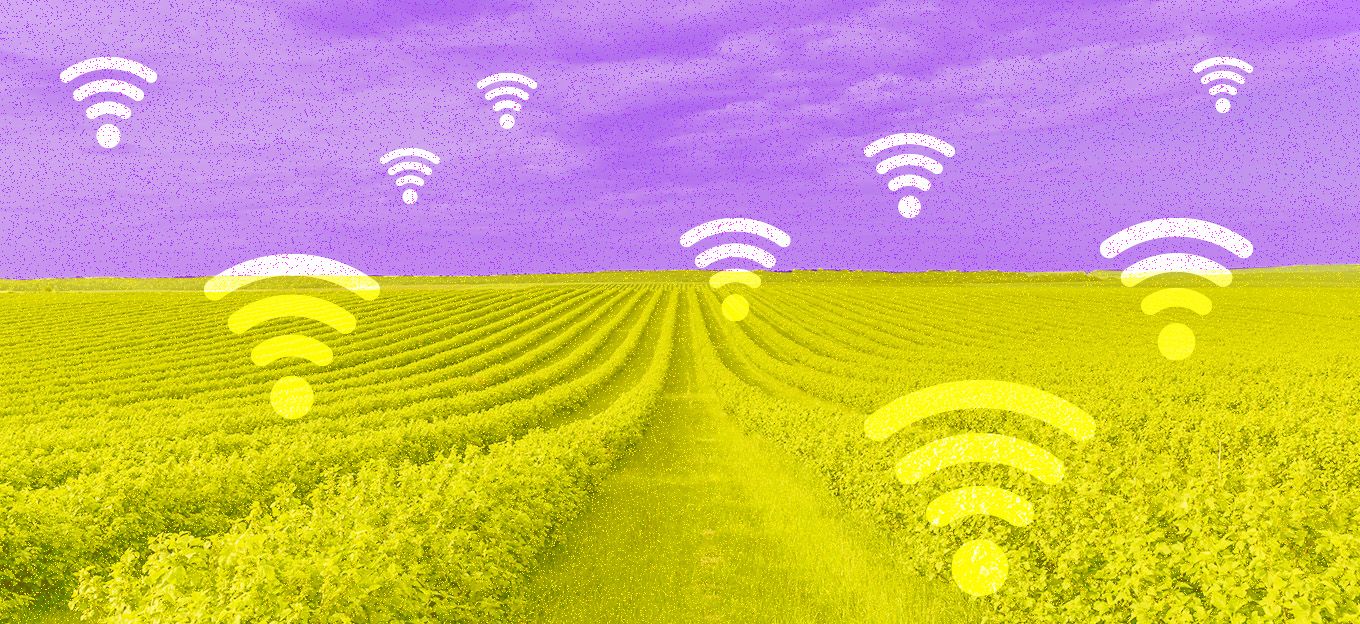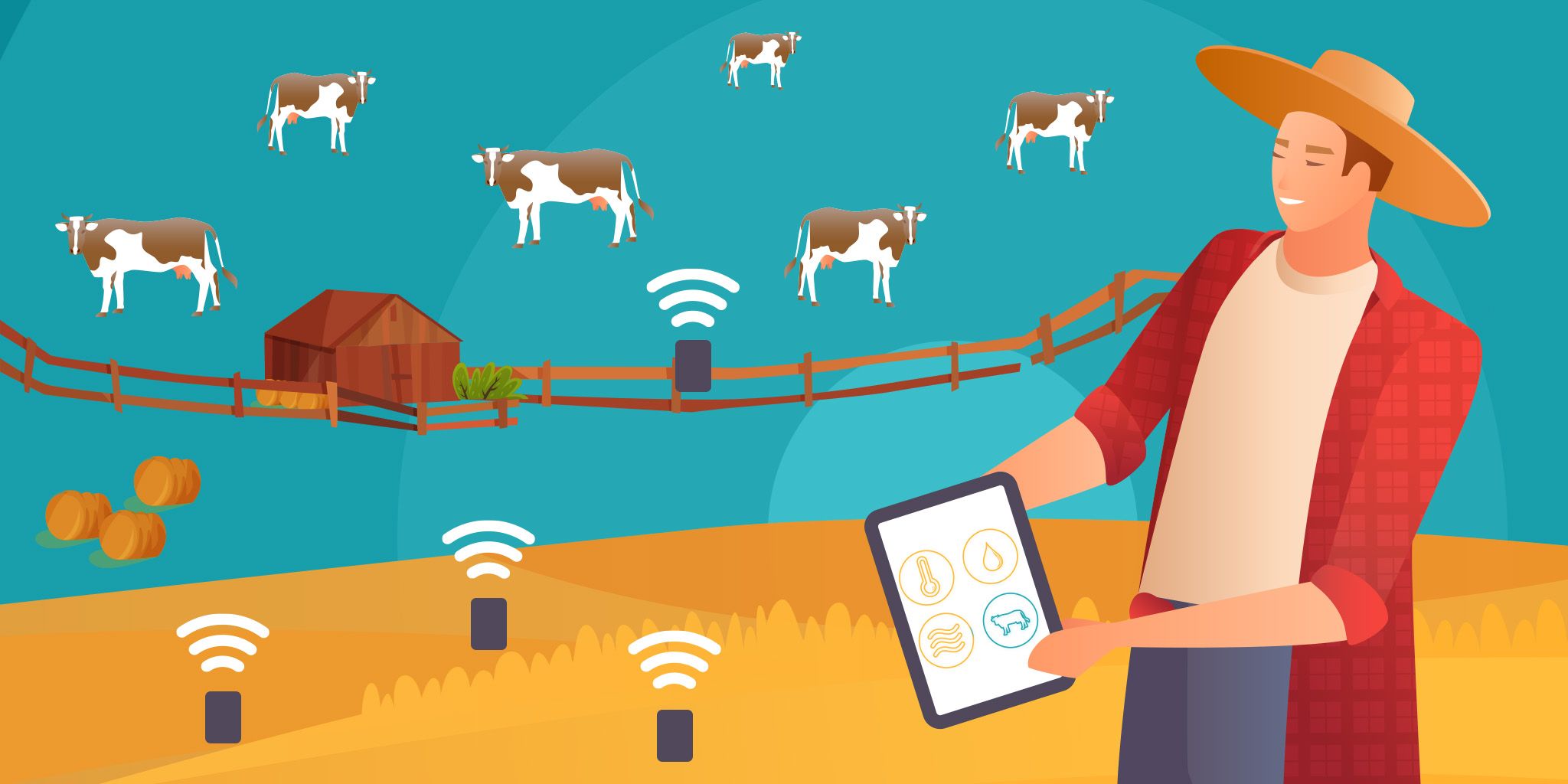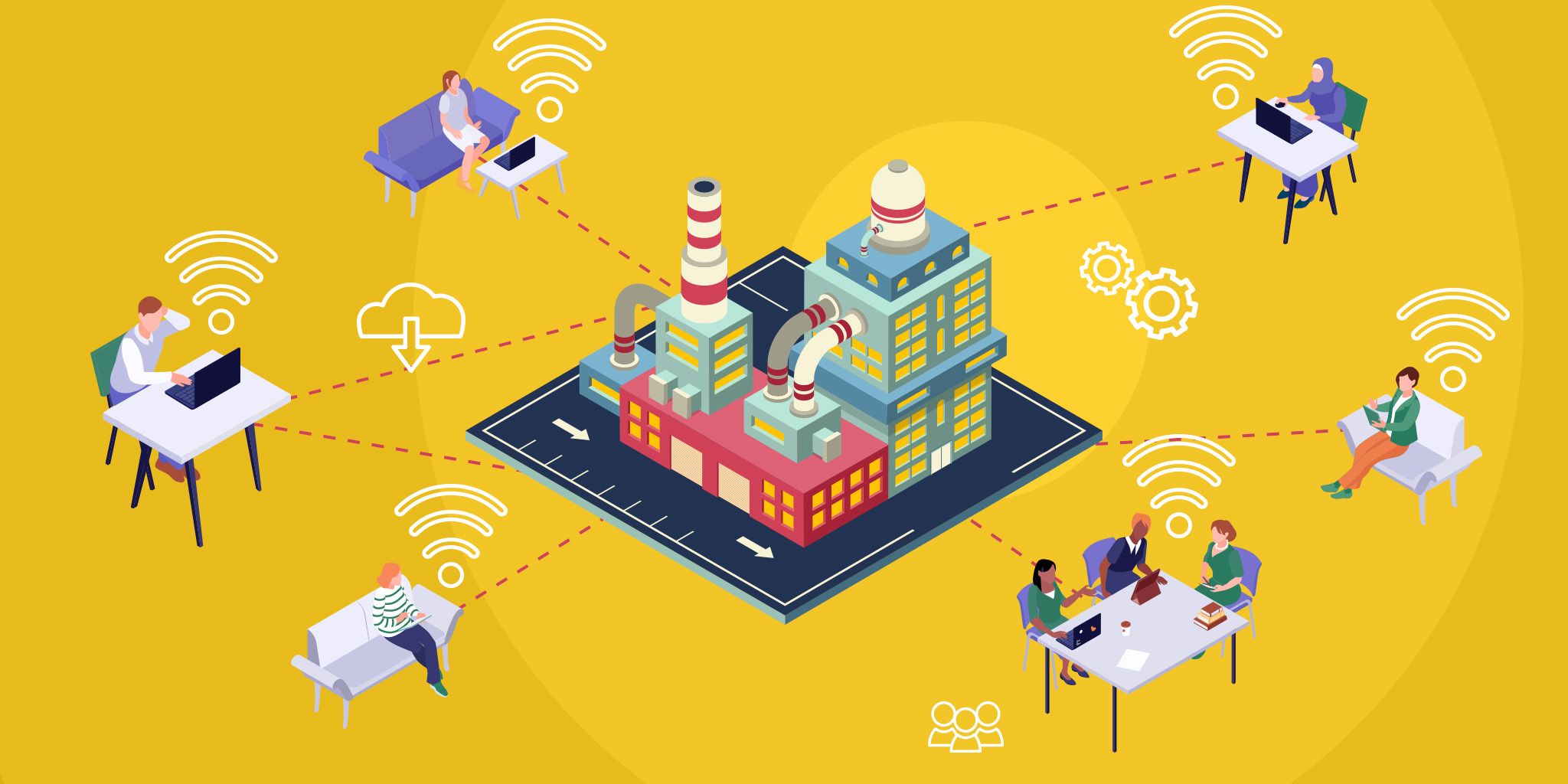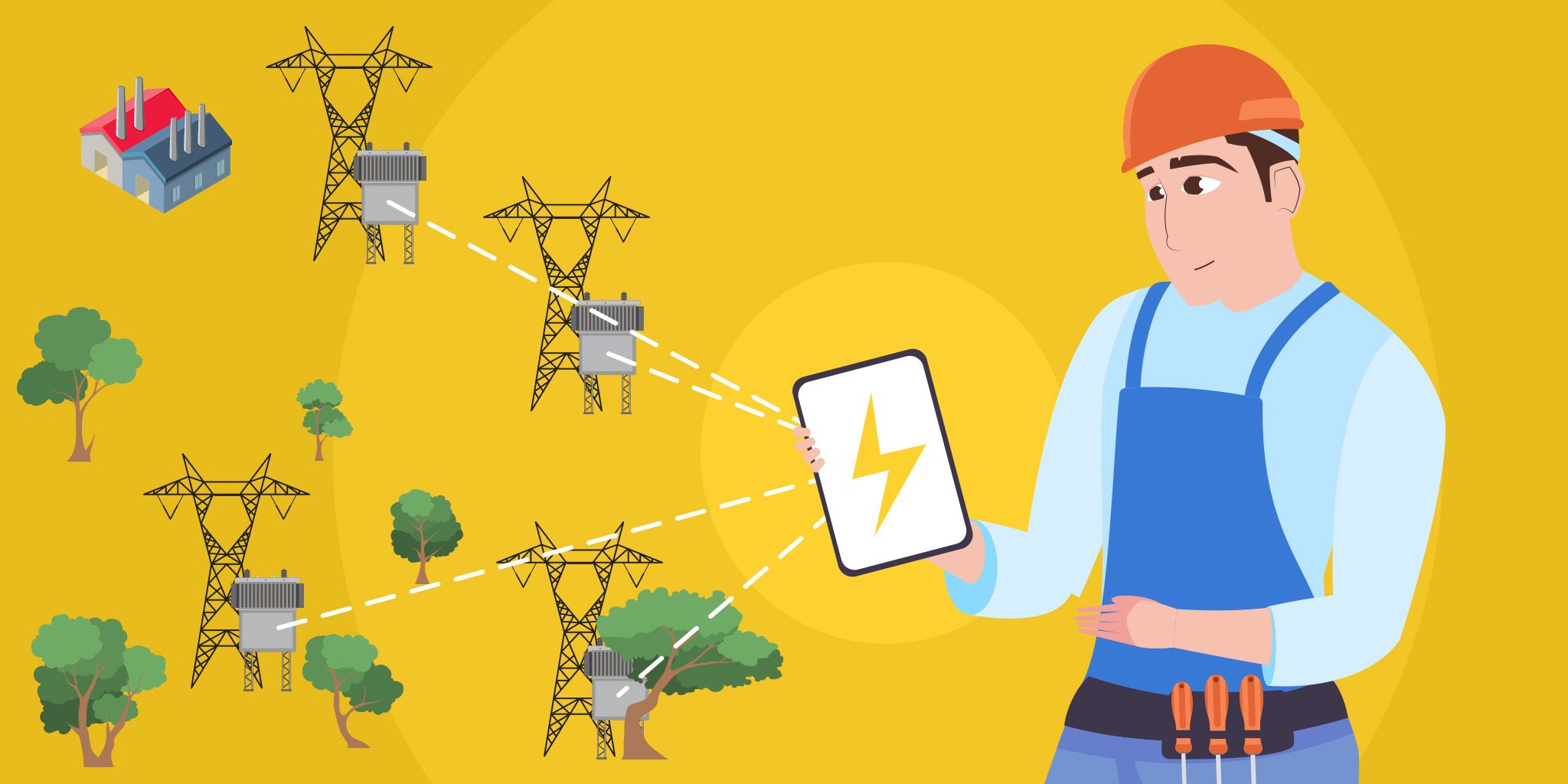Staying Green Using IIoT in Commercial Landscaping
Staying Green Using IIoT in Commercial Landscaping
- Last Updated: December 2, 2024
Michael Riemer
- Last Updated: December 2, 2024



IIoT is truly ubiquitous. It impacts everything from factories to construction equipment to the plants in our office.
Seriously, the plants.
It turns out the commercial landscaping maintenance management market is a big business. It's worth more than $11B in the US alone.
Three major cities are about to run out of water too, making this both a business and a societal issue. Some might ask, why all this greenery? Studies show interior office plants contribute to employee productivity and satisfaction, not to mention the fact that greenery can increase commercial property value up to 15%.
LEED and WELL green building certifications give points for those same plants.
An Idea, a Plane Ticket and a Trip to Chicago
Martin obtained his degree in computer science at Aalborg Universitet in Denmark. One day Martin and a friend noticed some workers caring for interior plantscaping. A few more questions and some late nights later, the concept for Spiio was born.
With $800 and a grant from the country of Denmark for $3,000, they flew to Chicago with a crude prototype of their solution.
They attended Cultivate 16, the premier event in the industry hosted by AmericanHort, and sold three pilot customers! Next, they bought tickets to Silicon Valley.
They were off and running!
“I’m so grateful that these pioneer customers believed in us. They are the reason that Spiio is around today.” - Martin Dal, Founder & CEO of Spiio
It Starts With A Clear Value Proposition
It's refreshing to see a customer focused IIoT startup.
Traveling the globe for 6 months was tiring but enlightening, and it enabled Martin and the team to build an initial go-to-market plan.
“Commercial landscapers are catalysts for a more sustainable world. It’s our opportunity to help them improve margins and increase their greenery per labor hour.” Martin Dal, Founder & CEO Spiio
Greenery as a Commercial Asset
Green walls and roofs, commercial landscapes, and interior plantscapes are like other commercial assets in that they need regular maintenance. But time alone is a poor driver for maintenance intervals and an opportunity exists to reduce up to 75% of on-site visits.
Inefficient use of field personnel impacts profitability. Limited asset visibility increases operating costs (e.g. watering when not needed). Replacement costs are also high as a result of inconsistent maintenance practices.
Based on this customer input, Spiio created an initial value proposition.
| Target Market | Commercial landscaping enterprises and their customers |
| Target Outcomes (Job & Challenge) | Who want to better manage their high-end commercial plantscape projects, but are currently performing time-based check-ups due to lack of visibility to moisture, light and temperature |
| Spiio Value – Pain Elimination | Eliminates more than 50% of service visits and more than 50% of plant replacements while also reducing up to 50% of water consumption |
| Spiio Value – Gain Creation | Improves customer satisfaction and retention as well as driving top-line revenue growth through improved service capacity |
| Unique Advantage | Intelligently using data from greenery and irrigation connected to the internet using the latest internet of things (IoT) technology |
The Importance of Knowing What You Don't Know
“We want to give our customers superpowers that can help improve their businesses.” Martin Dal, Founder & CEO, Spiio
Always Ask "Why"
The Spiio team asked questions early and often.
Commercial landscaping operates on thin margins. They have quality labor shortages.

They spent countless hours speaking with service providers, mapping the customer journey, identifying the user personas, and even creating a UX that mimicked a field service worker's "physical notebook".
They even reached out to me while exploring predictive and prescriptive analytics and looking for opportunities to enhance application intelligence. They wanted to know how data could improve their offering.
What Does The Future Hold?
- A clear understanding of the customer
- The delivery of sustainable, valuable and measurable outcomes
- Working with customers to ensure organizational and process alignment

The Most Comprehensive IoT Newsletter for Enterprises
Showcasing the highest-quality content, resources, news, and insights from the world of the Internet of Things. Subscribe to remain informed and up-to-date.
New Podcast Episode

Moving Past the Pilot Phase in IoT and AI
Related Articles
